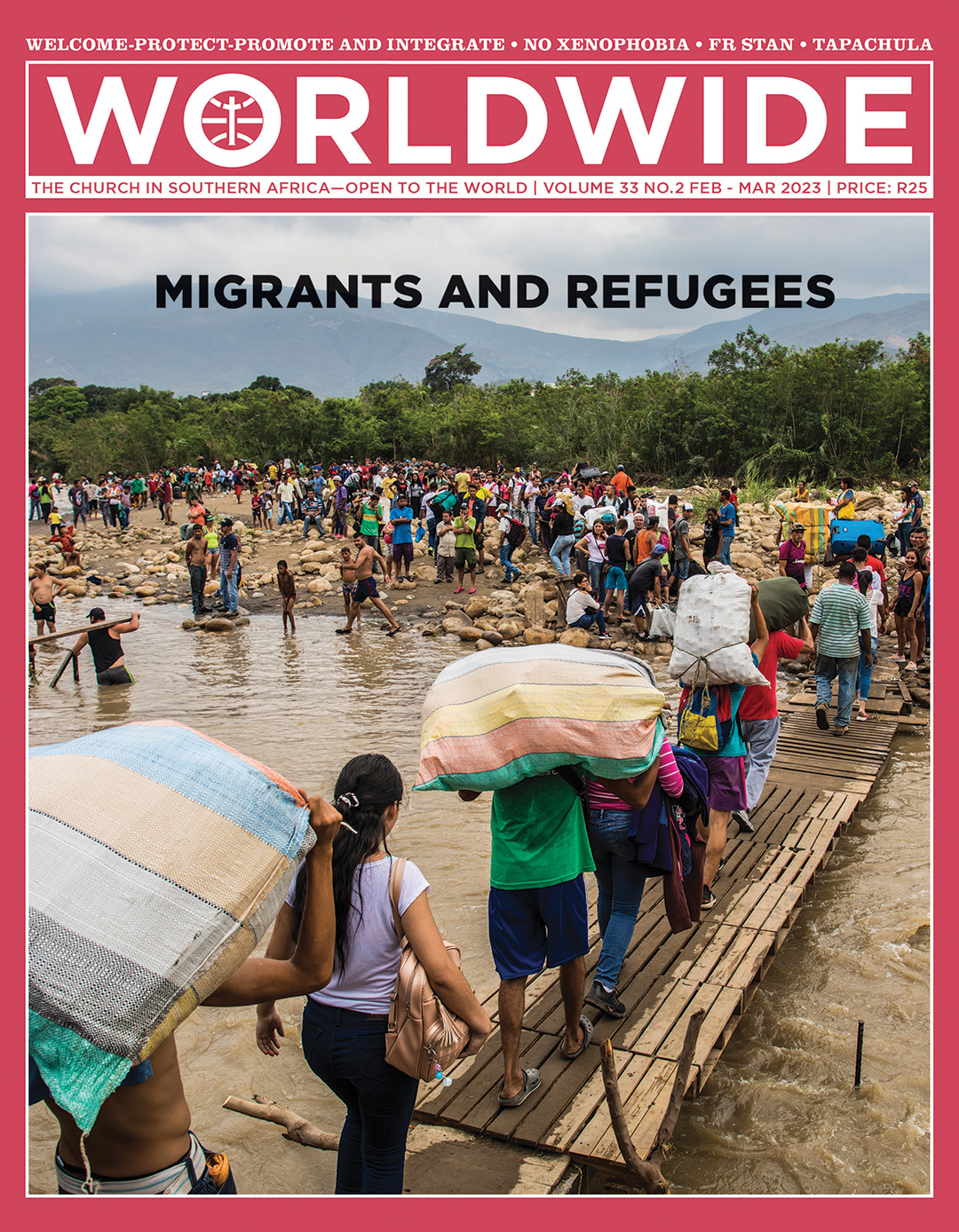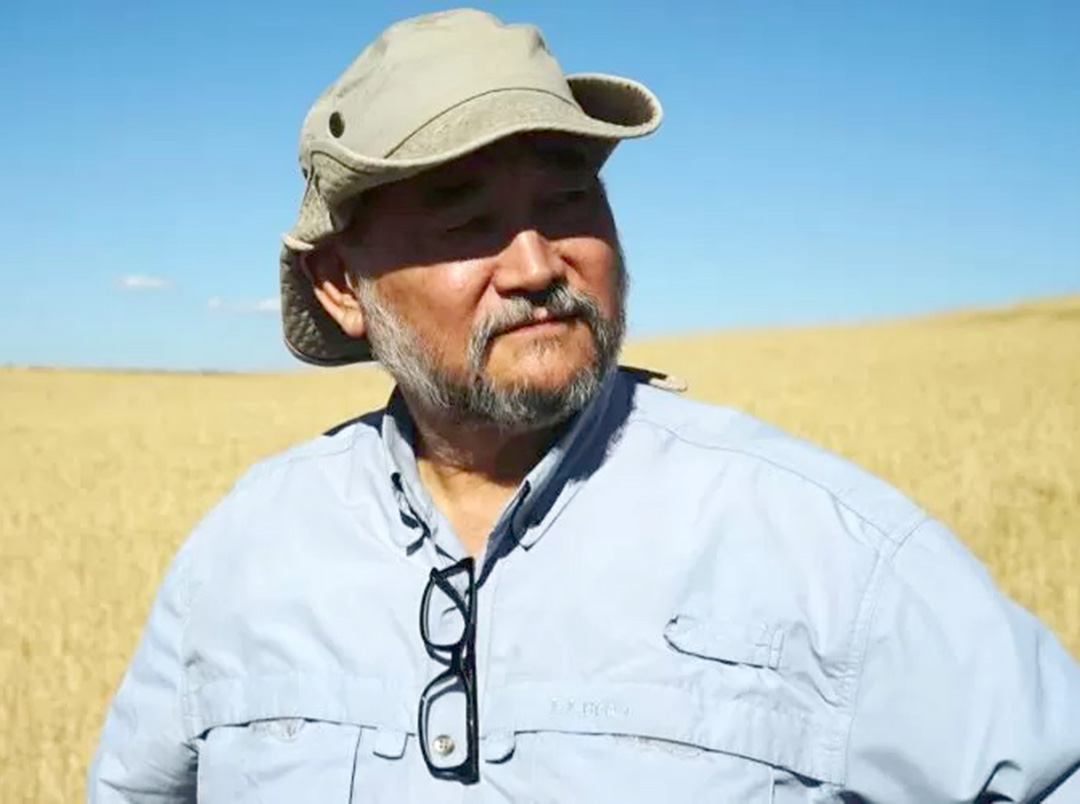PROFILE • FR STAN SWAMY
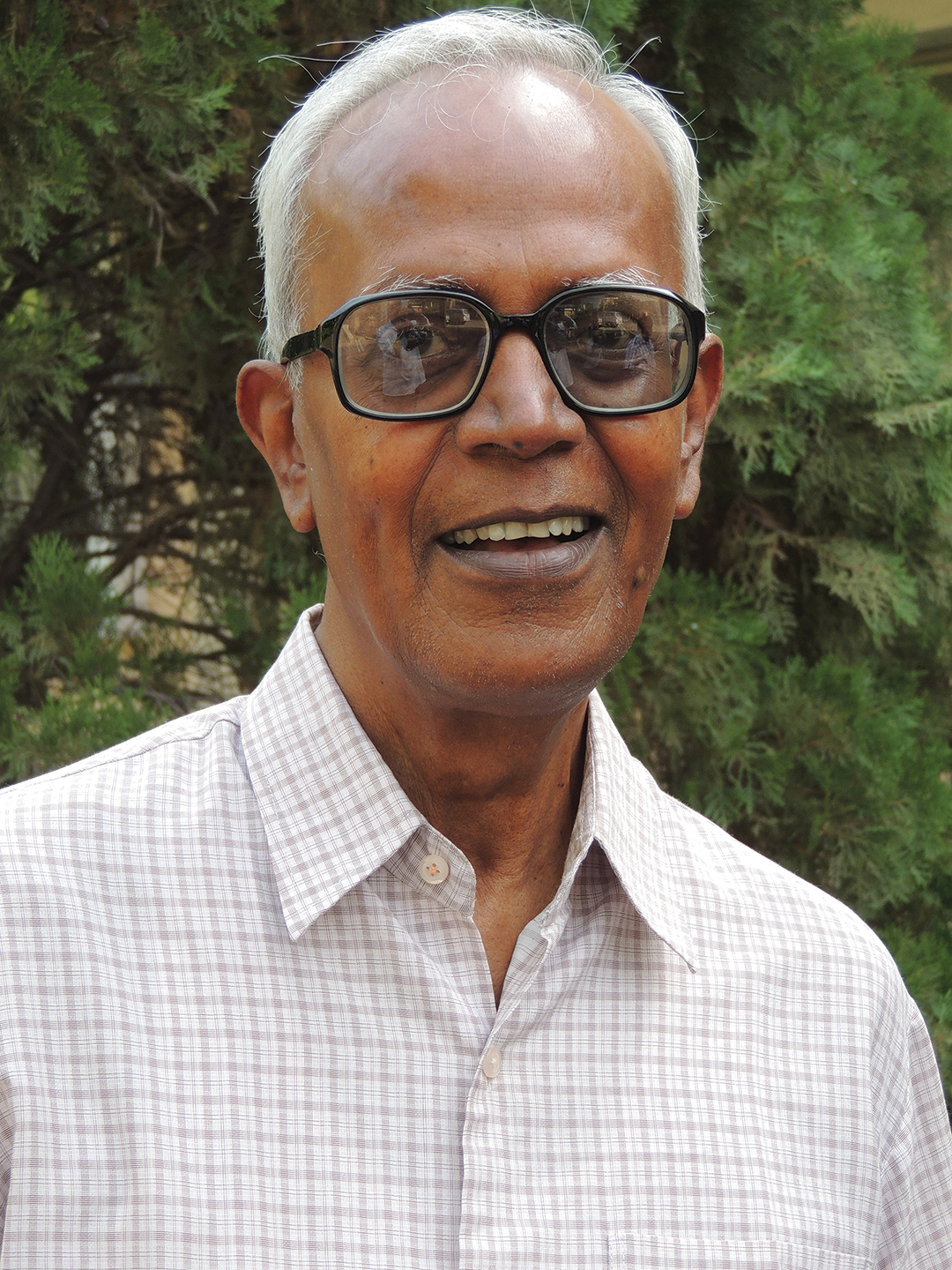
THE DEMISE OF A HERO
The life of Fr Stan is a testimony to the defence of the human rights of underpriviledged peasants in India. His sentence and subsequent death in prison raised an outcry all over the world, but his inspiring witness to righteousness keeps the flame of justice alive
BY ARCHBISHOP THOMAS MENAMPARAMPIL SDB | ARCHBISHOP EMERITUS OF GUWAHATI, INDIA
BY
Marian Pallister
| Editor
JERRY CUTINHA SJ | PHOTOS
HE WAS 84 years old. He had Parkinson’s disease, back pain, and impaired hearing. He had been in Taloja Central Jail on the outskirts of the Indian city of Mumbai on trumped-up charges for nine months. While in jail, Fr Stan Swamy had a fall and then contracted COVID.
Just a few days before his death on 5 July 2021, Fr Stan had written to India’s National Investigation Authorities saying that he was willing to “pay the price”. He certainly paid it, and that price was high.
The authorities refused him bail on grounds that there was no “conclusive proof of his ailments”. By the time he was admitted to the Holy Family Hospital in Mumbai, it was too late for any compassion from the State. The world was shocked.
Beacon of light
This gentle man had been arrested on 8 October 2020 along with 15 others, all intellectuals and social activists, charged with promoting violence.
The Bar Association of India, a voluntary body which represents almost its entire legal profession, accused the State of “lacking in compassion and inhumane approach” by imposing pre-trial detention on a respected person of advanced age, weak health and fragile constitution. Prominent social leaders wrote to the civil authorities expressing “deep anguish” at the foisting of false accusations against innocent persons.
He wanted to make people experience God’s love in a concrete way in the midst of harsh situations
This worldwide support for Fr Stan, an Indian Jesuit Roman Catholic priest and tribal rights activist held no sway with the authorities.
Fr Stan had spent his final months acting as a beacon of light to his fellow prisoners. They say he brought cheer and joy, courtesy and optimism to this group of falsely accused campaigners. His moral thinking, love for humanity and longterm vision of human realities inspired those heartbroken individuals to whom unfair punishment had been meted out. He wanted to make people experience God’s love in a concrete way in the midst of harsh situations. The example he left behind will not be forgotten and his ideals will surely be discussed in institutions dedicated to human welfare and intellectual circles of social commitment.
Early years
Fr Stan Swamy was born Stanislaus Lourdswamy, in Trichy in the Indian state of Tamilnadu on 26 April 1937. He enrolled himself at St Joseph’s School run by the Jesuits, and a little later joined them in their life of dedicated service. He was eager to serve the poor and the needy in their greatest hardship. His post was to be in the northern state of Jharkhand, an area of deprived and under-developed indigenous tribal communities. The only asset these communities had was their land, which was greatly threatened by mighty corporations eager to take
possession of areas where they found mineral resources. Tribal communities, less acquainted with the law and their rights, needed to be guided and inspired. A mighty task awaited young Stan who was still maturing in his religious convictions and in understanding the imbalances in the modern economy.
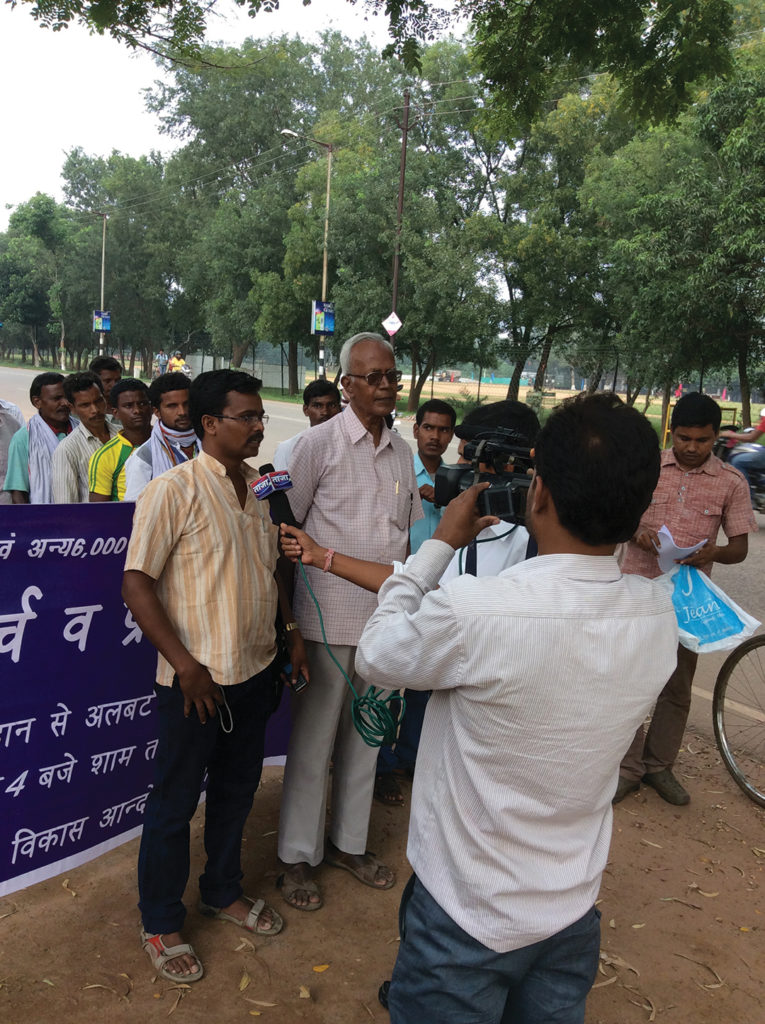
At Chaibasa, a mining hub (and interestingly, given the way Fr Stan’s life panned out, the hometown of Birsa Munda, India’s most well-known tribal freedom fighter at the end of the 19th century), Fr Stan and his students would discuss the happenings in their neighbourhood with the villagers. He would discuss and try to evaluate situations of unfairness and explore ways of being helpful in society in a constructive way. He visited homes and sought to learn more about the cultures and values of the smaller tribes such as the Munda’s or Ho’s. He found it an exciting topic. He knew well that missionaries become effective in their service only with a deep understanding of the tribal character of the community they work with. He understood that cultural immersion is central to apostolic fruitfulness.
Indigenous communities
The next stage of his formation was in Manilla in the Philippines, where he studied theology, giving attention to sociological themes. He quickly recognised that indigenous communities right around the world were being taken advantage of by more advanced societies; that they needed special assistance. He realised that indigenous communities are vessels of inestimable wisdom, particularly in their relationship with nature and among fellow human beings.
Back on the sub-continent, Fr Stan stayed at Badaibir, learning from village life, before going to Louvain in Belgium to continue his reflection at a theoretical level. In time he returned to the painful realities of village life in India.
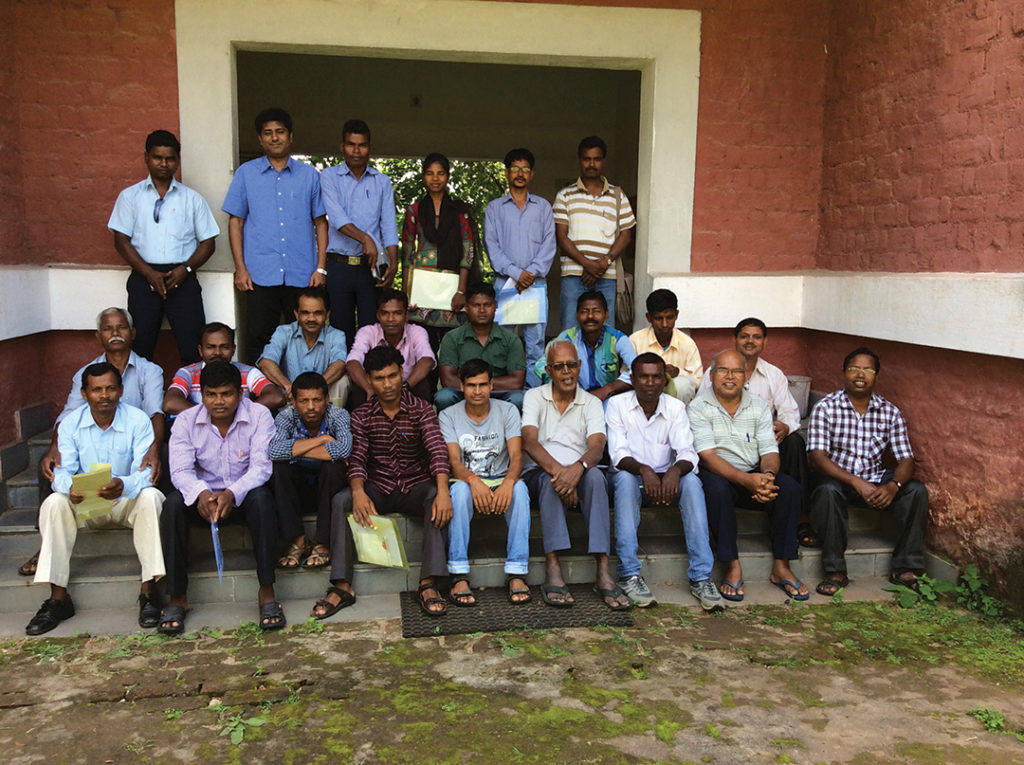
Jesus’s rural life in the villages of Galilee during the years of a tyrannical Roman Governor inspired Fr Stan to enable rural communities in India to organise and motivate themselves to seek justice. He did yeoman service at the Indian Social Institute, run by the Jesuits, which trained thousands of young people in socially responsible thinking, reflecting on human rights, taking the side of the oppressed, and encouraging self-governance. He became well aware of the tragedy of large numbers of indigenous communities being displaced from their land without sensitivity or social responsibility.
Centre for social activists
In 2006, he opened a centre at Bagicha, Ranchi, in Jharkhand to give support to social activists. Unfair displacement was his central concern. “Defend your land rights”, was the call. The people were “like sheep without a shepherd” and Fr Stan became the shepherd, a truly motivating force. The indigenous communities looked to him for inspiration and guidance, and he emerged as an icon inspiring self-confidence in those who were too timid to assert their rights over
their heritage. However, when people began erecting the traditional stone that affirmed their right over their land, the civil authorities began to arrest activists behind the movement.
Fr Stan Swamy identified himself with people’s sufferings. He joined hands with men and women of all faiths and persuasions as long as they were genuinely committed to humanity. There was no streak
of violence in his character, only the love of humanity. In fact, he claimed to belong to a universal society.
There was no streak of violence in his character, only the love of humanity
Soon the authorities saw that his presence was a mighty force providing light and energy to the movement that he had set in motion. The powerful corporates, greedy for this mineral-rich land, wanted him moved out of the tribal belt—and so, he was arrested, with the authorities inexplicably associating Fr Stan with the Bhima-Koregaon conspiracy case in another part of India.
Why were those in power afraid of an octogenarian. This particular octogenarian had become a beacon for those struggling for justice, a role model for young people across the nation. All tribal rights activists looked up to him, so the state wanted to make an example of him.
Life rendered for the oppressed
St Rani Maria had laid down her life defending landless labourers. Was Fr Stan to follow in her footsteps? Fr Felix Raj says that Fr Stan was working for a more humane and just society, defending people and their livelihood against corporate interests and corrupt politicians who plunder natural resources. “They wanted him out of the way. He wanted, like St Ignatius, to ‘set the world on fire’. He identified himself with people’s sufferings. He joined hands with people of all faiths and persuasions as long they were genuinely committed to humanity.”
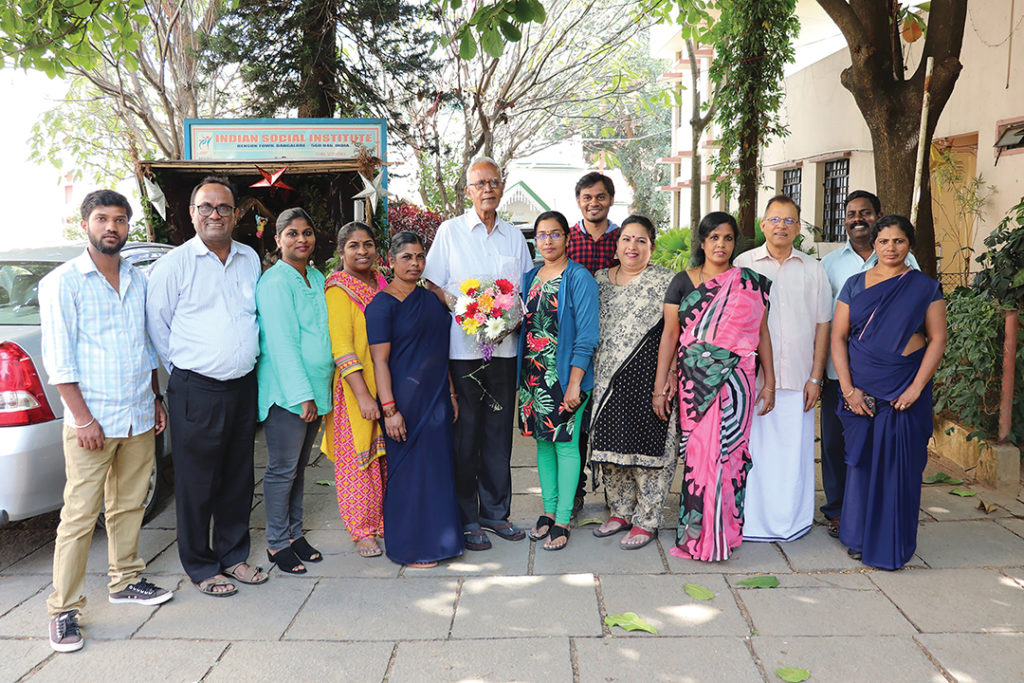
The requests of dozens of prestigious social welfare agencies around the world fell on deaf ears. When he became ill in prison, he refused to go to a state hospital where the reports could be manipulated. By the time he was finally admitted into a Catholic hospital, Covid-19 had taken its toll. The end came even sooner than expected. Fr Stan had the habit of invoking silence from time to time in honour of the martyrs who had given up their lives for the cause of the deprived. The world paused in his honour a brief while, struck dumb by the insensitivity of those responsible for his tragic end.
The United States Commission for International Religious Freedom (USCIRF) condemned the entire legal process in the strongest terms. Its Office expressed its distress at the death of Fr Stan Swamy in custody and called for greater respect for human rights. Rahul Gandhi lamented, “He deserved justice and humane treatment”. There were protests from all over the country. The only reply from the authorities concerned was that “all due processes have been followed”.
A martyrdom that challenges us all
The passage of John’s Gospel read at Fr Stan’s funeral Mass narrated the scourging of Jesus. The homily referred to Pontius Pilate unable to find fault with Jesus while handing him over to be crucified: once more Pilate came out and said to the Jews gathered there, “Look, I am bringing him out to you to let you know that I find no basis for a charge against him”.
Society as a whole had found no fault with Fr Stan Swamy. There were commemorative services in numerous institutions and prayer centres. Candlelight processions took place around the country. His remains were honoured. A documentary film was produced to pay him final homage. Fr Cutinha, the Jamshedpur Provincial of the Jesuits, said: “May the martyrdom of Stan inspire and challenge us” to work for
justice and reconciliation.
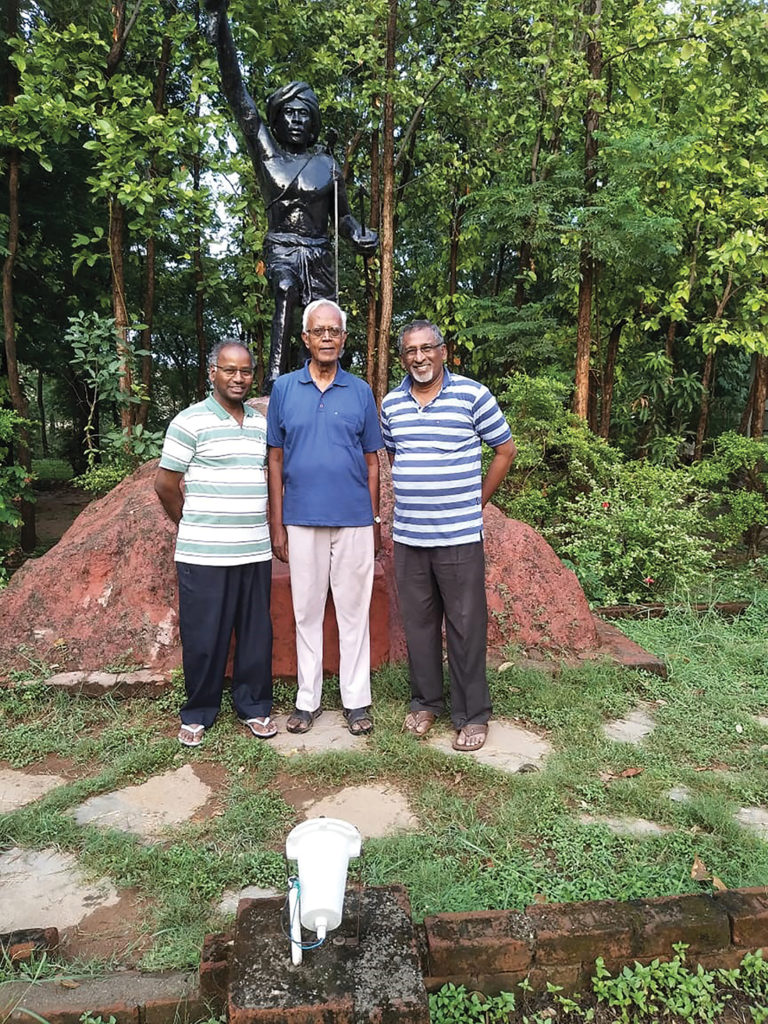
This man who was certainly no silent spectator, paid a high price. He has not been silenced because his inspiration and his work live on. Others will continue defending the marginalised and vulnerable people, speaking out against atrocities and the violation of human rights. Fr Stan didn’t work alone. He networked with others who continue supporting many initiatives for the development of Jharkhand. He made sure that there were many trained to galvanise the struggle against the brutal dispossession of land.
Fr Stan’s fight was no flight of fancy. In his quiet, well-mannered, gentle way, he wanted the people he so much cared about to have the right to a dignified life. He believed that these people, so dependent on water, forest and land, must have their dignity restored. He gave his life because he believed in the defence of legitimate constitutional rights. He was hounded because of his support of the Adivasi (tribal people) and Dalits (those once called ‘untouchables’ in the caste system).
As Fr Stanislaus D’Souza said, “He has given us an ethical mandate to be compassionate, to be the voice of the voiceless.”
Last December, according to the Vatican News agency, a new investigation conducted by a Boston-based digital forensic firm, Arsenal Consulting, concluded that incriminating documents containing false evidence were planted in the hard drive of Fr Stan’s computer to implicate him and accuse the Jesuit with charges of sedition.

